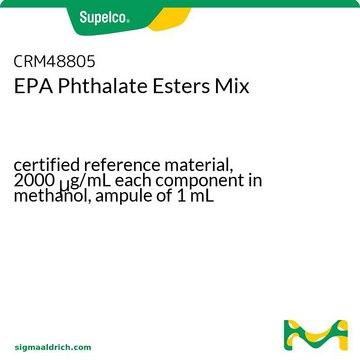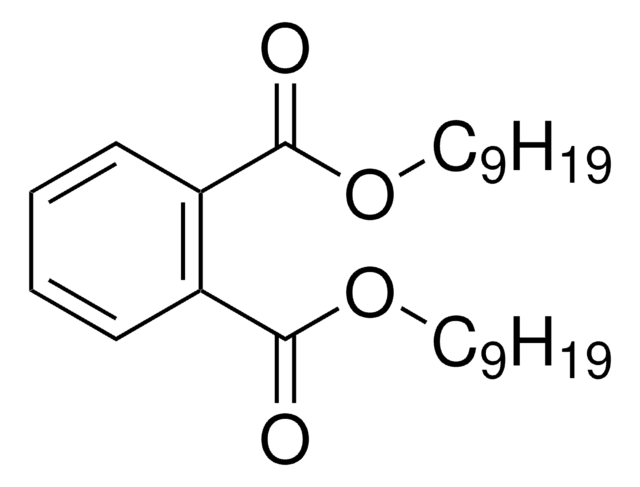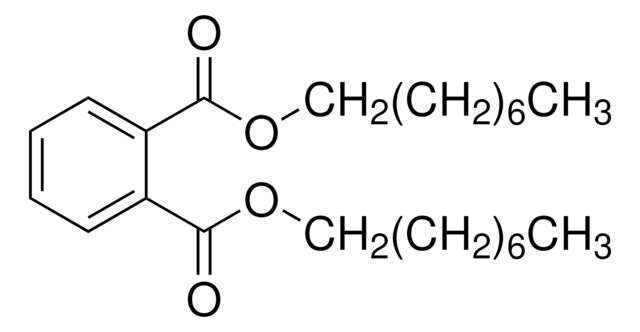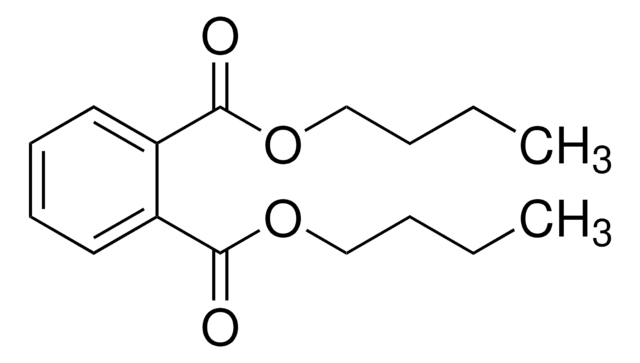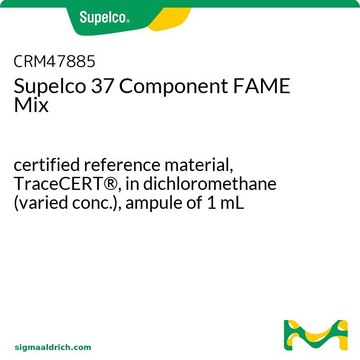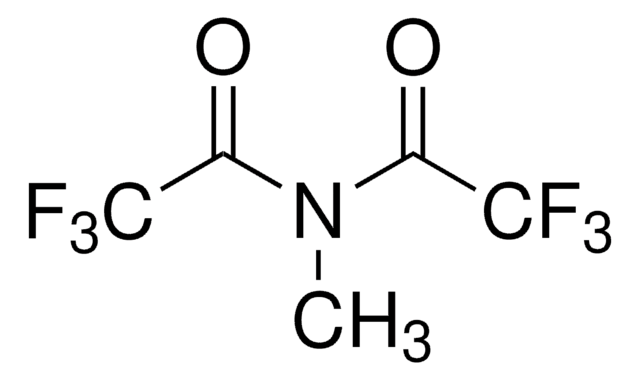About This Item
Recommended Products
grade
analytical standard
Quality Level
drug control
USDEA Schedule II; Home Office Schedule 2; stupéfiant (France); kontrollierte Droge in Deutschland; regulated under CDSA - not available from Sigma-Aldrich Canada
technique(s)
HPLC: suitable
gas chromatography (GC): suitable
application(s)
forensics and toxicology
pharmaceutical (small molecule)
veterinary
format
neat
storage temp.
−20°C
SMILES string
OC(=O)[C@@H]1[C@H]2CC[C@@H](C[C@@H]1OC(=O)c3ccccc3)N2
InChI
1S/C15H17NO4/c17-14(18)13-11-7-6-10(16-11)8-12(13)20-15(19)9-4-2-1-3-5-9/h1-5,10-13,16H,6-8H2,(H,17,18)/t10-,11+,12-,13+/m0/s1
InChI key
CMYJDRSCSOXYHG-QNWHQSFQSA-N
General description
Application
Signal Word
Warning
Hazard Statements
Precautionary Statements
Hazard Classifications
Acute Tox. 4 Oral - Skin Sens. 1
Storage Class Code
11 - Combustible Solids
WGK
WGK 3
Flash Point(F)
Not applicable
Flash Point(C)
Not applicable
Personal Protective Equipment
Regulatory Information
Choose from one of the most recent versions:
Certificates of Analysis (COA)
It looks like we've run into a problem, but you can still download Certificates of Analysis from our Documents section.
If you need assistance, please contact Customer Support.
Already Own This Product?
Find documentation for the products that you have recently purchased in the Document Library.
Our team of scientists has experience in all areas of research including Life Science, Material Science, Chemical Synthesis, Chromatography, Analytical and many others.
Contact Technical Service

